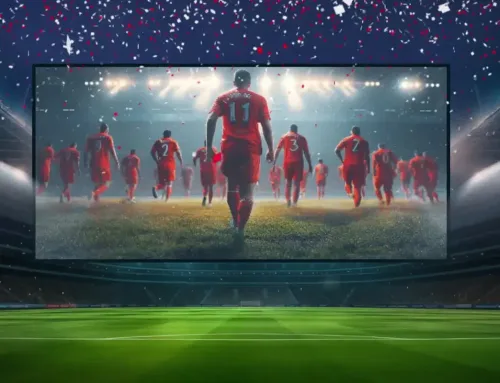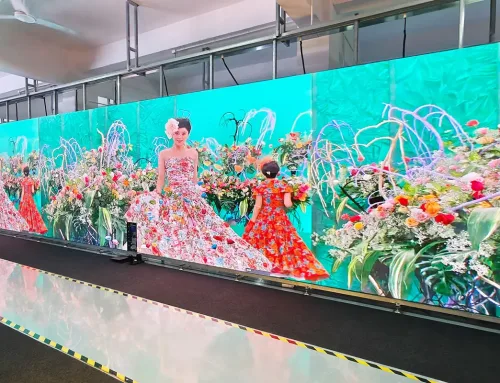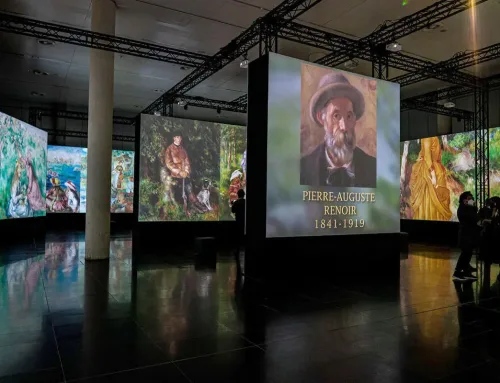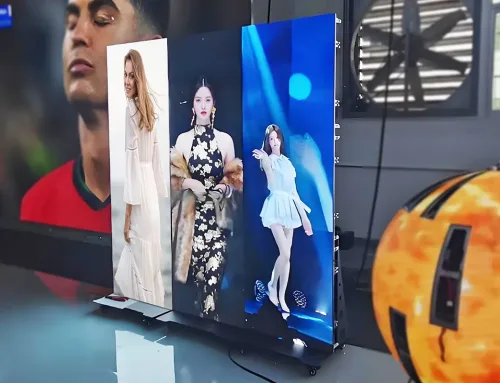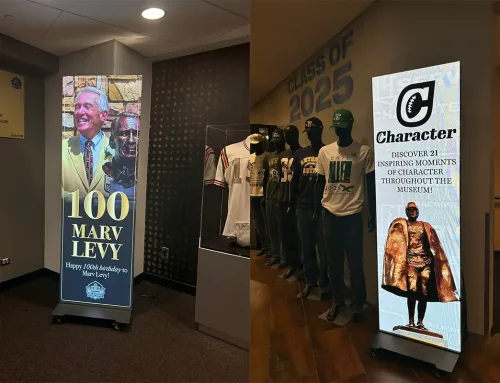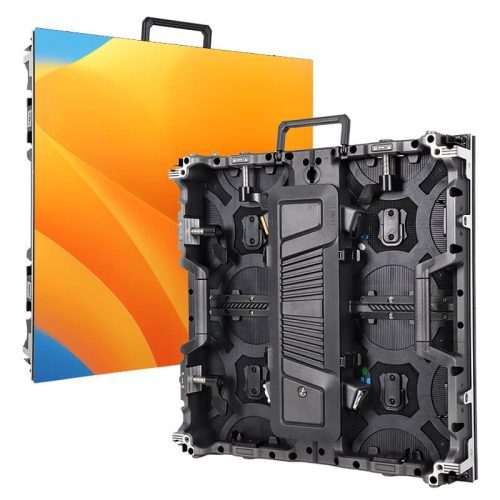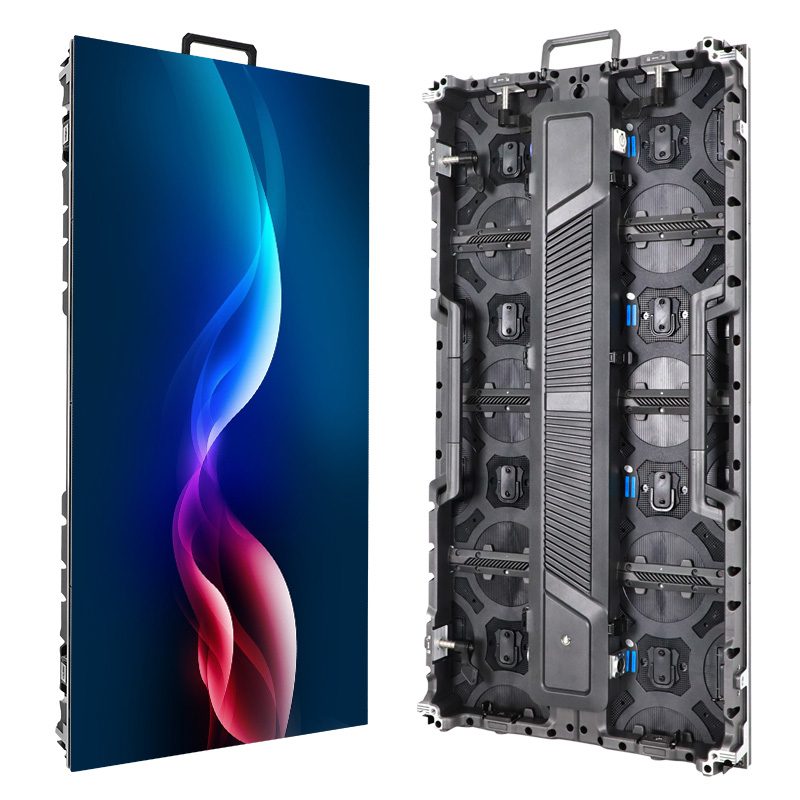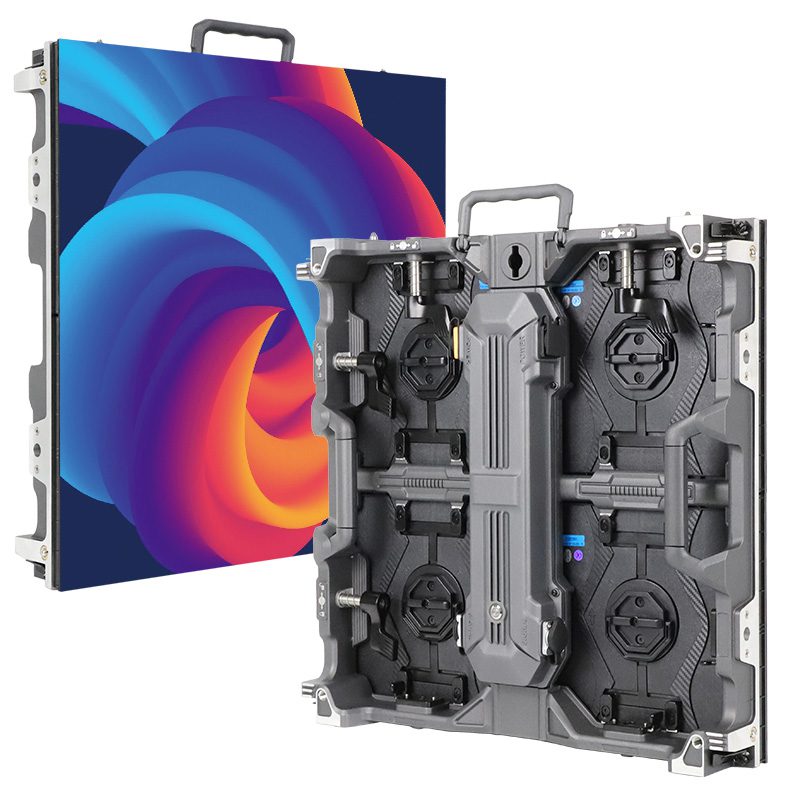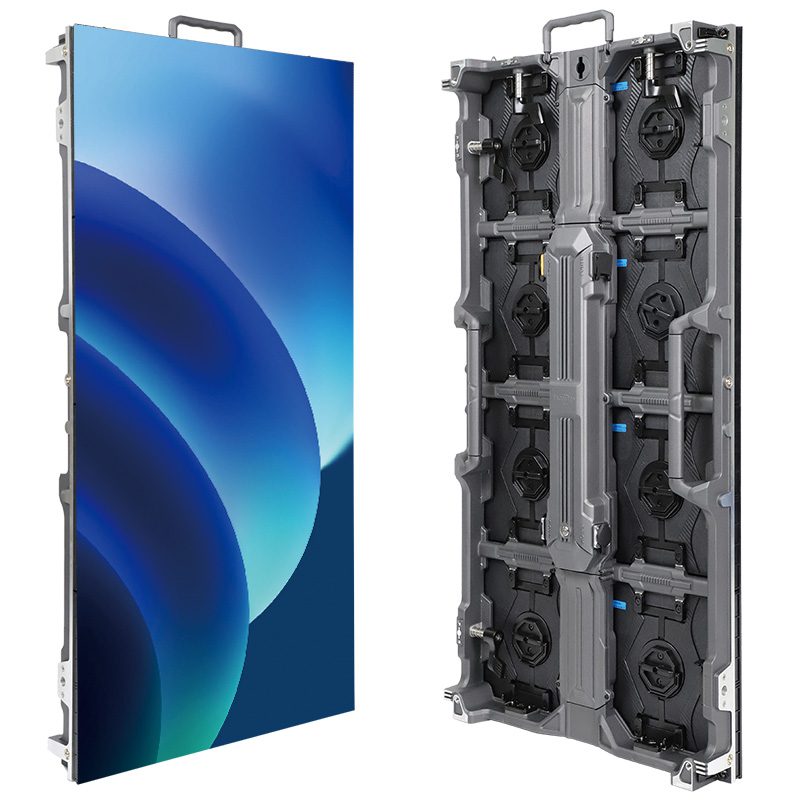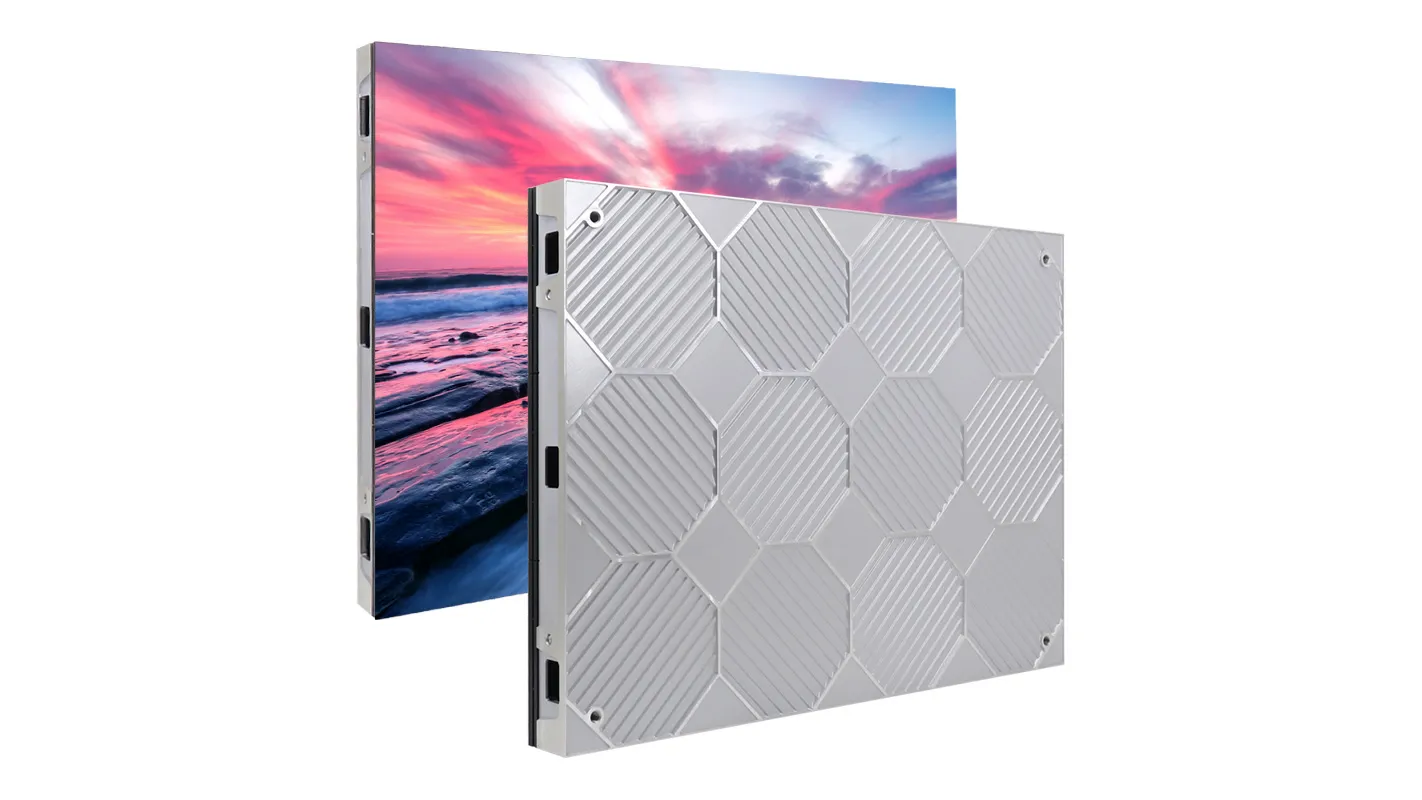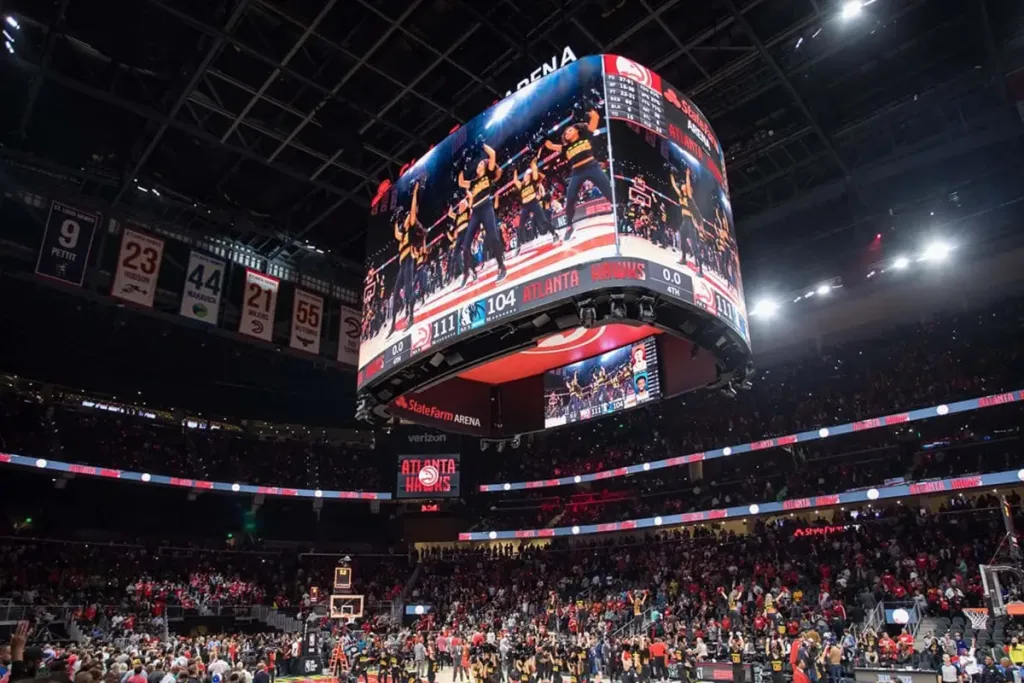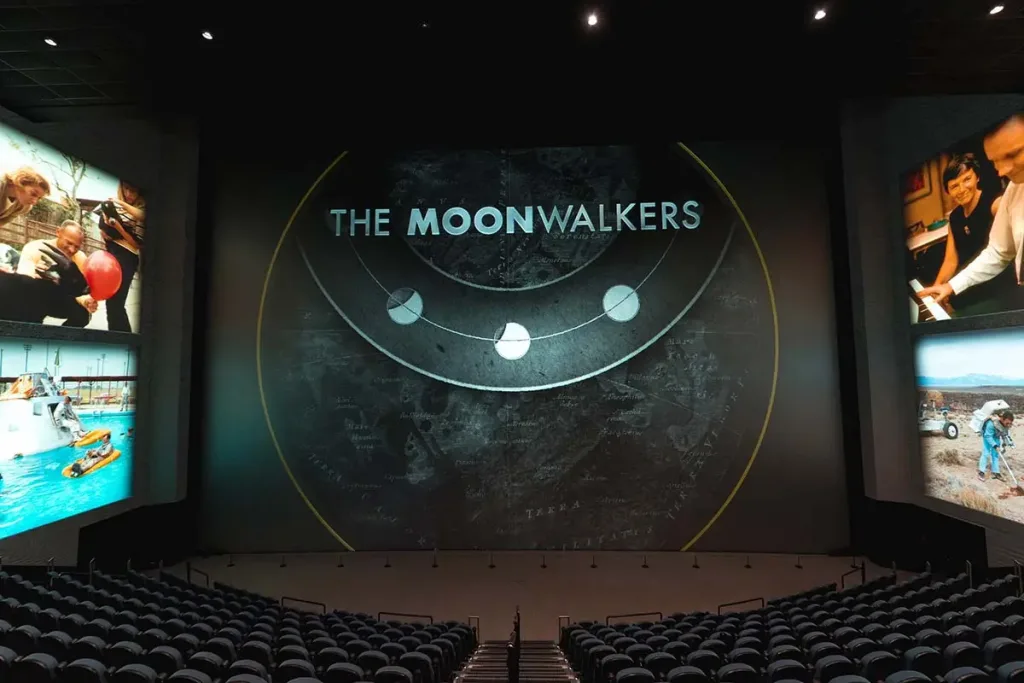Imagine walking down the Las Vegas Strip and suddenly coming face-to-face with a massive LED screen shaped like a giant eyeball, blinking from the side of a glowing sphere taller than a 30-story building. Or picture yourself beneath a digital sky that shifts from sunrise to sunset in just minutes. These aren’t scenes from a sci-fi movie — they’re real-life experiences made possible by today’s most massive LED screen installations.
Far more than oversized TVs, these screens are architectural landmarks. They wrap around entire buildings, simulate skies, and even turn the world’s tallest towers into glowing canvases visible from miles away.
catalogue
- ૧. વિશાળ LED સ્ક્રીનને શું ખાસ બનાવે છે?
- 2.પૃથ્વી પરના સૌથી મોટા LED ડિસ્પ્લેને મળો: લાસ વેગાસ ગોળા
- ૩.વિશ્વની સૌથી અદભુત વિશાળ LED સ્ક્રીન ઇન્સ્ટોલેશન
- ૪. વિશ્વભરના વિશાળ LED સ્ક્રીનના અજાયબીઓ
- ૫. આ વિશાળ સ્થાપનો ખરેખર કેવી રીતે કાર્ય કરે છે
- ૬. વિશાળ LED સ્ક્રીન પાછળની ટેકનોલોજી
- ૭. વિશાળ LED ડિસ્પ્લે માટે આગળ શું છે?
- ૮. મનોરંજન ઉપરાંત વિશાળ LED સ્ક્રીન કેમ મહત્વપૂર્ણ છે
- 9. સમાપન
1.What Makes a Massive LED Screen So Special?
Before we explore the most amazing LED screens around the world, you need to understand why these displays are so much more impressive than anything you’ve seen before. Modern LED technology has reached a point where engineers can create a massive LED screen that’s so bright it’s visible in direct sunlight, so sharp that individual details can be seen from hundreds of feet away, and so large that it can cover entire city blocks.
The secret lies in the individual LED modules that make up this massive LED screen. Each tiny LED light can be controlled separately, creating millions of pixels that work together to form incredibly detailed images. When you multiply this by thousands or even millions of these modules, you get displays that can show content with stunning clarity across enormous surfaces.
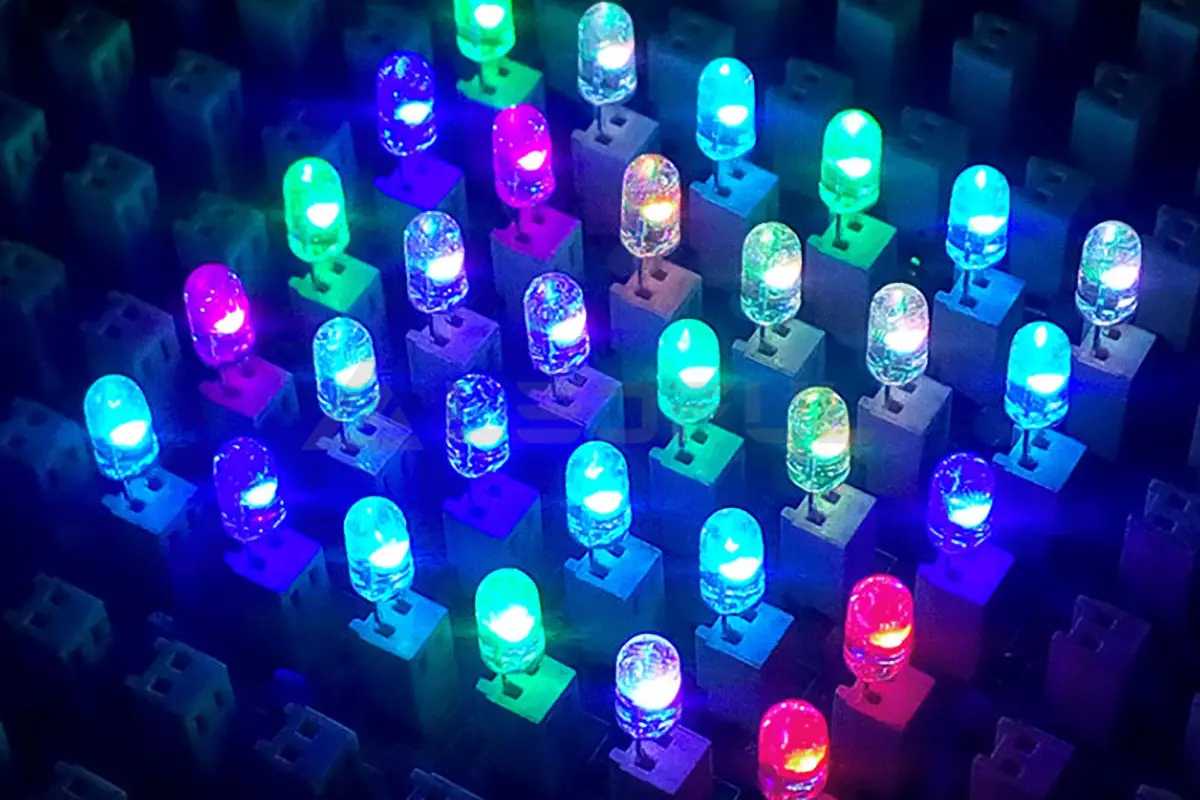
What’s really fascinating is how these installations handle power and data. Take the Las Vegas Sphere, for example – it uses enough electricity to power about 2,000 homes, but thanks to LED efficiency, that’s actually much less power than older display technologies would need for the same brightness and size.
2.Meet the Largest LED Display on Earth: The Las Vegas Sphere
The Sphere at The Venetian Resort holds the undisputed title as the world’s most massive LED screen, costing $2.3 billion to build. Inside, it features 160,000 square feet of curved LED surface with a staggering 16K x 16K resolution—an engineering feat that redefines what a giant LED screen can be. But what makes this structure truly remarkable isn’t just its scale – it’s the experience it creates.
When you step inside the Sphere, you’re not just watching a screen; you’re stepping into one. This massive LED display surrounds the audience with dynamic visuals, creating a fully immersive environment that can make you feel like you’re flying through space, diving underwater, or standing in the heart of a rainforest. The exterior shell, known as the Exosphere, adds another layer of awe with 580,000 square feet of LED panels that can transform the building into a living, breathing digital sculpture.
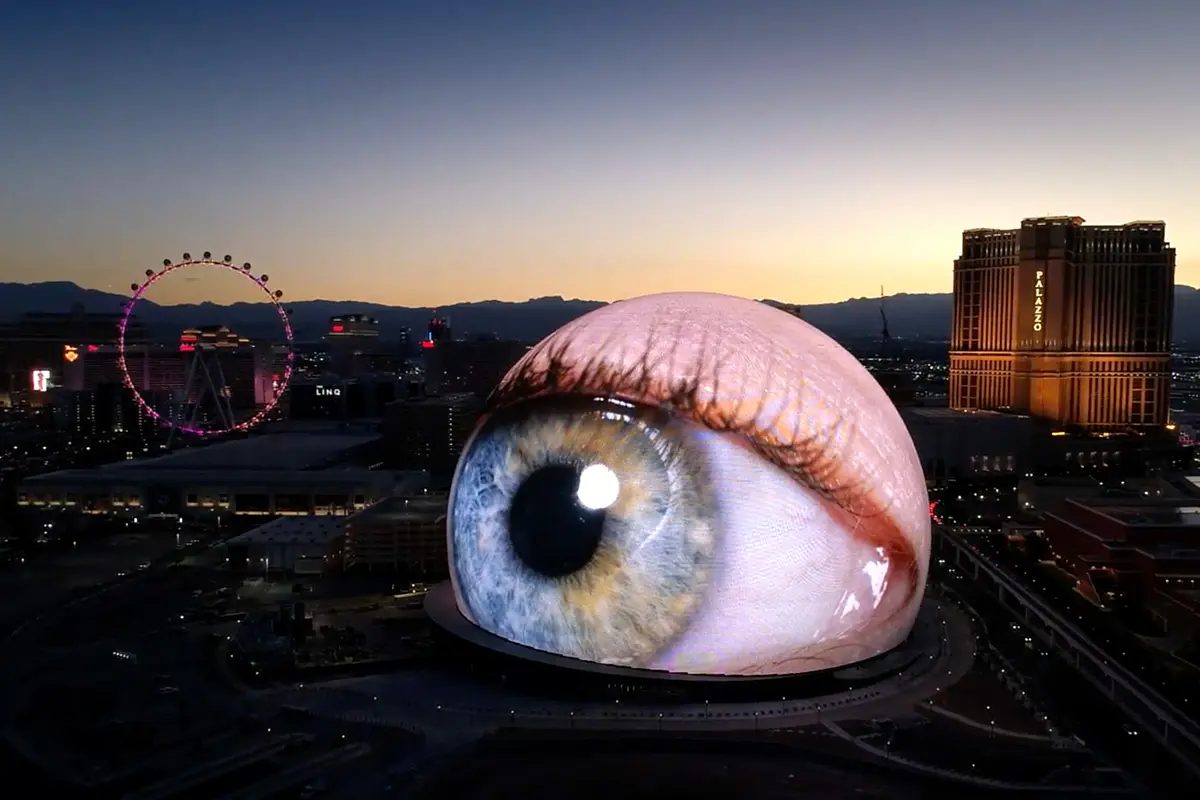
Behind this technological marvel lies a new generation of imaging tools, including custom-built camera systems designed specifically for spherical formats. These specialized rigs capture footage at up to 120 frames per second in 18K square resolution, producing content so lifelike that it has caused sensory overload in some visitors.
Why the Sphere changed everything
The Sphere didn’t just break size records – it proved that LED screens could become architectural elements that define entire city districts. At 366 feet tall and 516 feet wide, it’s the world’s largest spherical structure, bigger than famous domes like Epcot’s Spaceship Earth. But more importantly, it showed that massive LED installations could be profitable entertainment venues, not just advertising displays.
3.The World’s Most Spectacular Massive LED Screen Installations
3.1 Burj Khalifa: The tallest screen on Earth
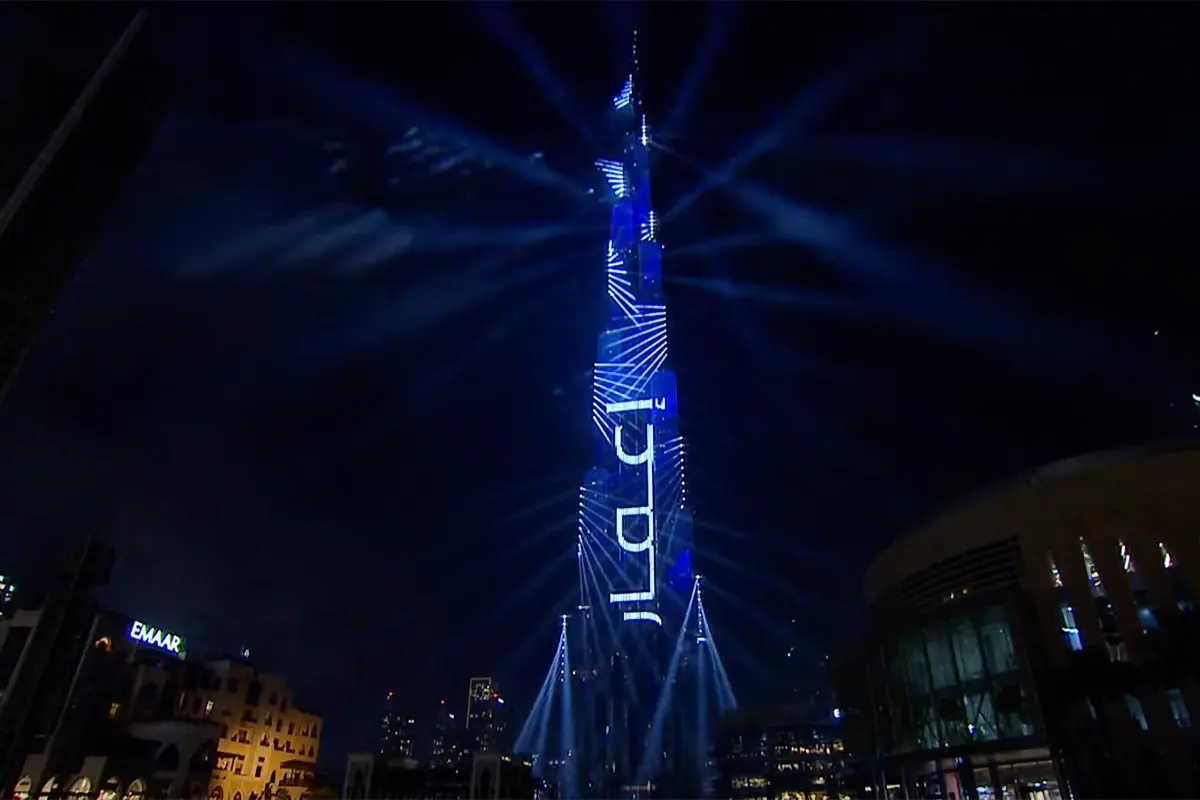
While the Sphere might be the largest by total area, the Burj Khalifa in Dubai holds the record for height. This giant LED screen stretches across 33,000 square meters of the world’s tallest building, using 70,000 LED bulbs connected by 55,000 meters of cabling, with its highest point sitting 750 meters above sea level.
What makes this large LED display truly incredible isn’t just its scale—it’s how it was built. The permanent LED lighting system, which set two Guinness World Records for the largest and tallest LED-illuminated facade, was unveiled during the “Light Up 2018” New Year’s celebration and captivated millions of viewers worldwide.
The installation process was an engineering marvel in itself. Workers had to use industrial climbing techniques to place each LED element individually, with over 500 kilometers of climbing rope used by 80 technicians during the process. Every pixel of this massive LED screen was installed by hand—by someone suspended from ropes on the side of the tallest skyscraper on Earth.
3.2 Fremont Street Experience: America’s largest digital ceiling
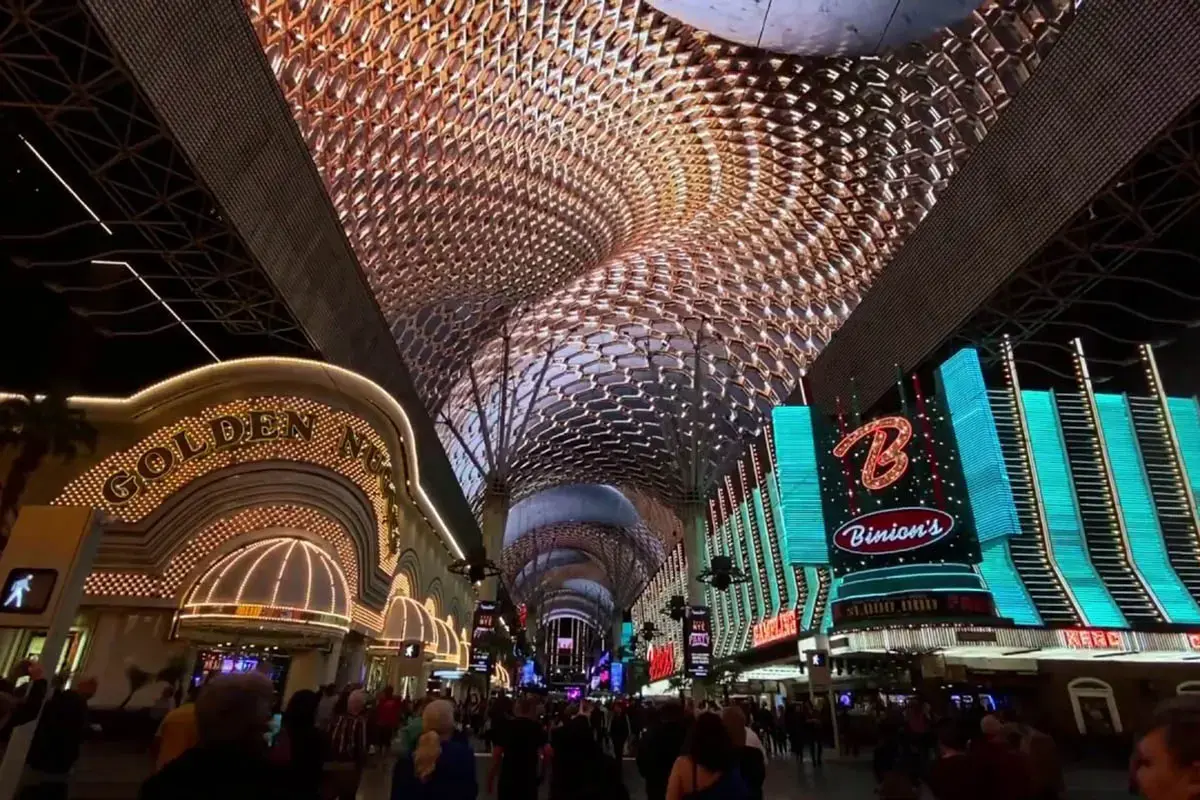
Las Vegas doesn’t just have the Sphere – it’s also home to one of the most unique LED installations in the world. Fremont Street Experience covers five city blocks with an LED canopy that creates an artificial sky above downtown Las Vegas. With 12.5 million LED modules spread across 1,500 feet of length and 90 feet of width, this installation transforms the entire street into an immersive light show every evening.
What’s special about Fremont Street is how it brings people together. Unlike other massive LED screens that you observe from a distance, this one invites you to walk underneath it. The show plays overhead while street performers, musicians, and vendors create a carnival atmosphere below. It’s become a perfect example of how LED technology can enhance social spaces rather than just display advertisements.
3.3 SoFi Stadium: Redefining Sports Entertainment
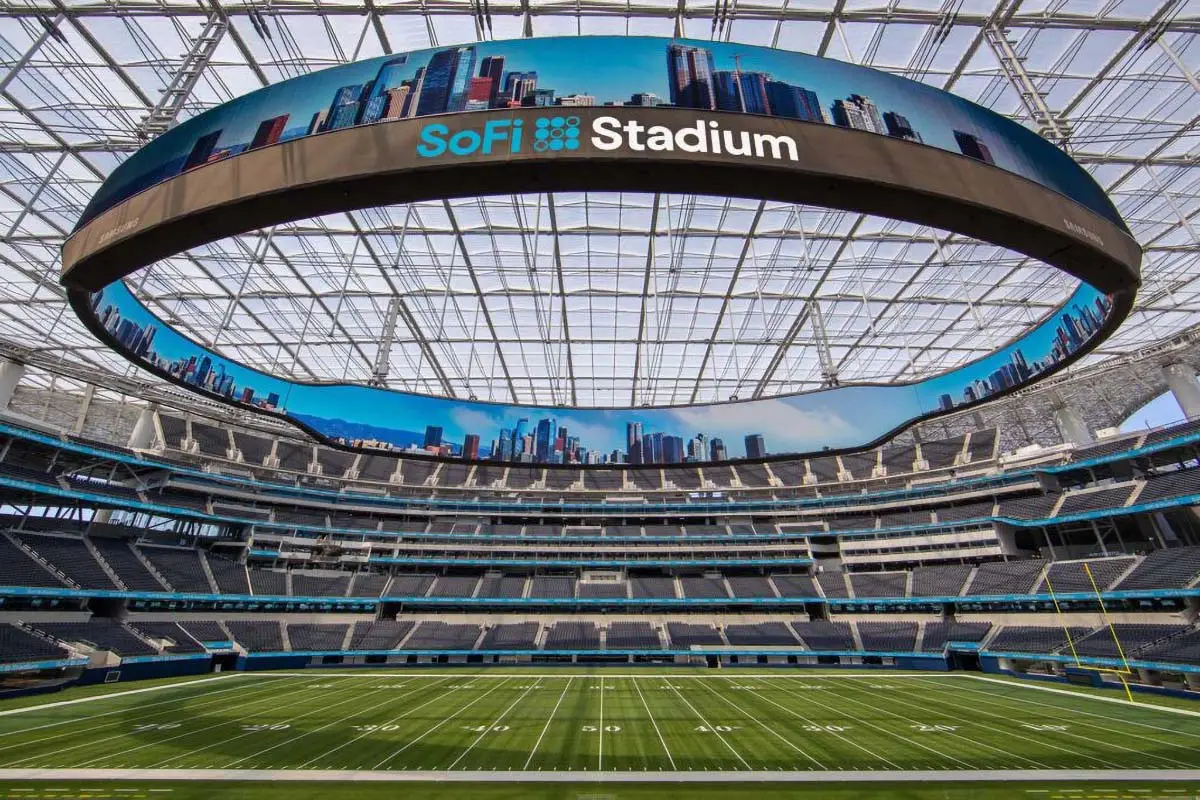
Sports venues have embraced massive LED screen to enhance the fan experience, and SoFi Stadium in Los Angeles leads the pack. The stadium’s centerpiece is a double-sided 4K LED board suspended 122 feet above the field, measuring 120 yards long – making it longer than the football field itself.
This jumbotron screen serves the 70,000+ fans in a way that traditional scoreboards never could. Instead of just showing replays and statistics, it creates an immersive experience that makes every seat in the stadium feel close to the action. The display can show different content on each side, meaning fans on opposite sides of the stadium can see customized views of the game.
4.Massive LED Screen Marvels from Around the World
Giant LED Ceiling Display – Jakarta, Indonesia
Mall Taman Anggrek in Jakarta, Indonesia, has created something truly special – an artificial sky made possible by a massive LED screen covering over 3,000 square meters of the mall’s entire ceiling. This impressive installation makes shoppers feel like they’re outdoors even when they’re several floors underground. The sky gradually shifts from dawn to dusk, creating a natural rhythm that helps visitors feel more comfortable in the enclosed space.
A Massive LED Screen in the Sky – Beijing’s Digital Canopy
The Place LED Sky in Beijing covers 250 meters of the shopping district with a curved LED installation that creates a digital sky above one of China’s premier shopping areas. This display features weather simulations that mirror the actual weather outside, along with artistic content that changes throughout the day. What makes this installation remarkable is how it integrates with the urban environment – the content is designed to complement the architecture below rather than compete with it.
Massive LED Canvas for Culture – Hong Kong’s Digital Facade
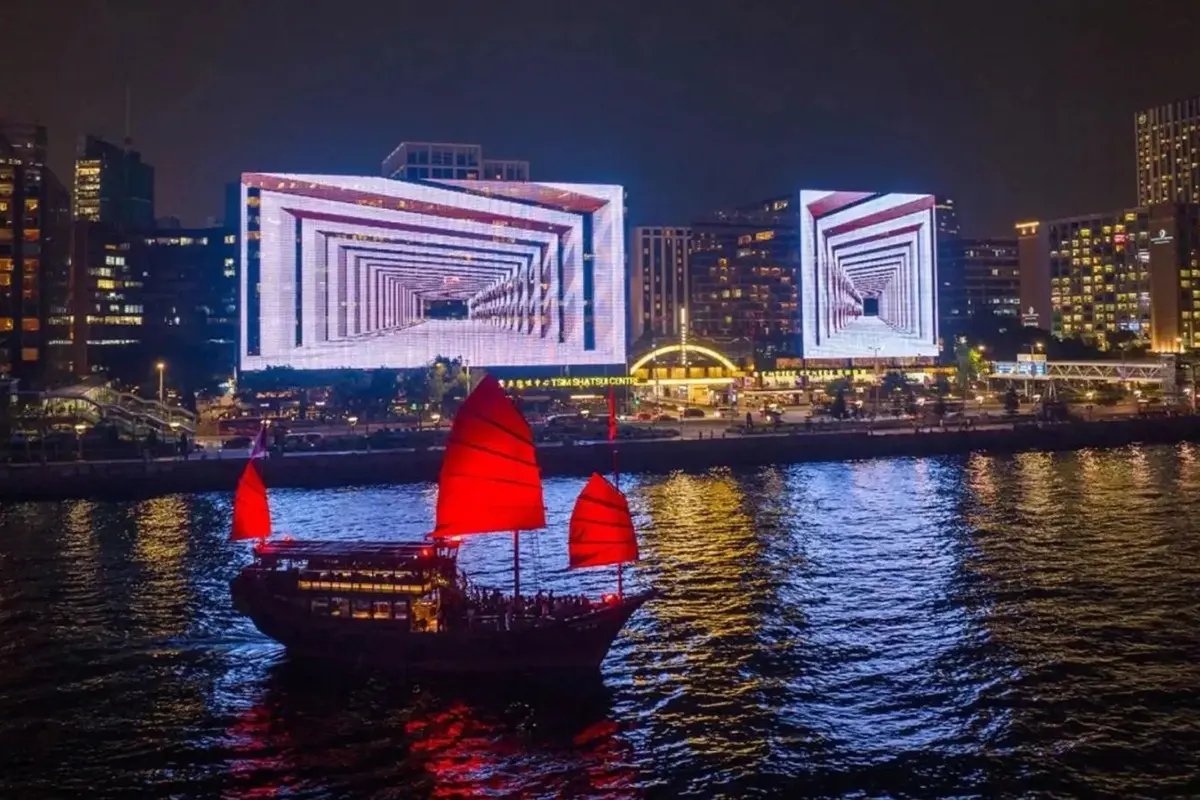
The M+ Museum in Hong Kong features a massive LED screen spanning 1,400 square meters across its facade, serving as a dynamic canvas for digital art and cultural content. Unlike commercial billboards or entertainment displays, this installation shows how large-scale LED screens can become powerful tools for artistic expression and cultural storytelling.
Rather than promoting products, the screen regularly showcases curated works by digital artists—pieces created specifically for the unique format of a building-sized display. As a result, the M+ facade transforms into a massive LED canvas that blends technology, architecture, and culture in one seamless visual experience.
Resorts World LED Wall – Las Vegas, Nevada
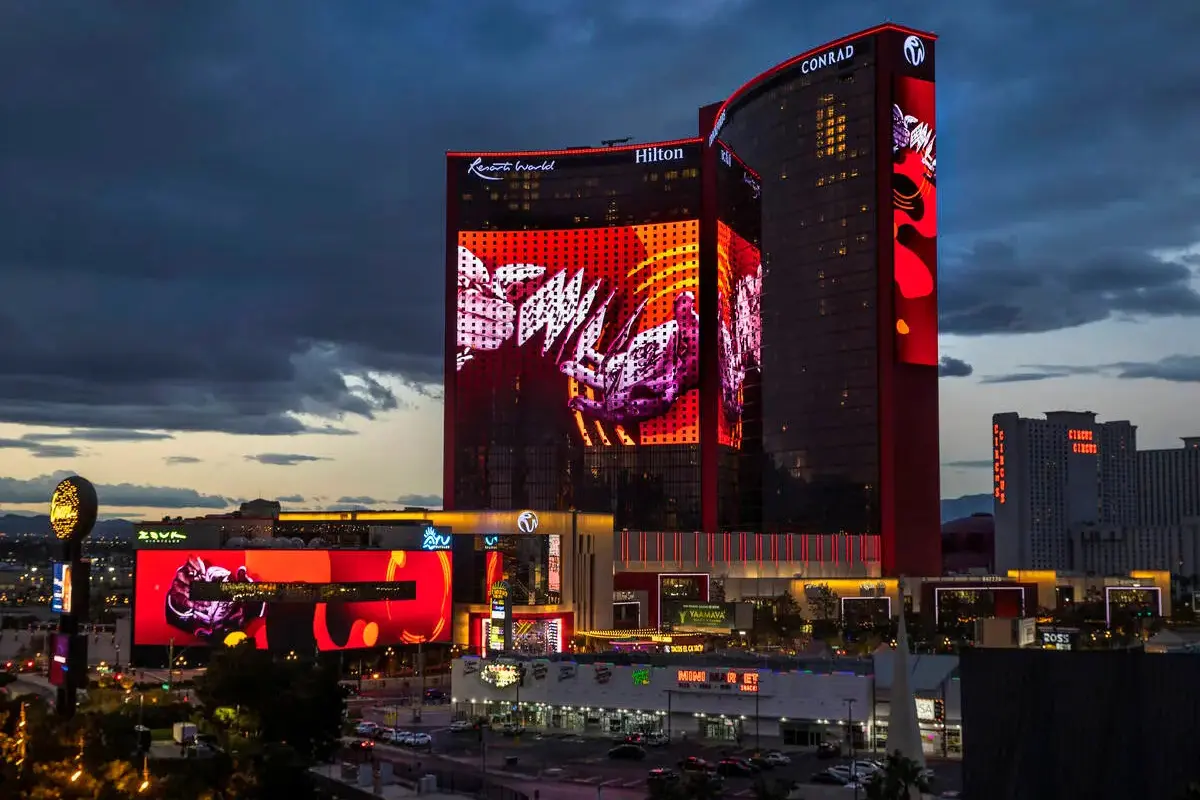
Located at the heart of the strip, the Resorts World LED Wall is a dazzling display that spans an impressive 100,000 square feet, making it one of the largest LED screens in the world. The screen seamlessly incorporates entertainment and advertising, showcasing dynamic content ranging from music videos to live performances. With striking color fidelity and brightness, it transforms the exterior of the hotel into a visual feast for visitors and passersby.
What sets this LED wall apart is its integration with the surrounding environment. Positioned strategically to capture the attention of both pedestrians and drivers, it not only enhances the allure of the resort but also creates a vibrant atmosphere in the bustling Las Vegas Strip. This screen is a testament to modern design, where technology and architecture come together to create an engaging urban landscape.
Halo in Motion – A Massive LED Screen at Atlanta’s Mercedes-Benz Stadium

At Mercedes-Benz Stadium, home of the Atlanta Falcons and Atlanta United FC, the Halo Board redefines what a massive LED screen can be in a sports venue. This double-sided, high-definition display elegantly wraps around the roof of the stadium, measuring an astonishing 58 feet high and 1,100 feet long.
Designed for visibility from every seat, the Halo Board ensures fans never miss a moment of the action. Its ability to deliver crystal-clear replays, interactive content, and real-time stats elevates the game-day experience to new heights. More than just a screen, this giant LED installation also serves as an architectural statement—its smart design minimizes light pollution while enhancing the overall aesthetic of the stadium.
New Century Global Center Screen – Chengdu, China
The New Century Global Center in Chengdu boasts the title of having the largest LED screen in a building. Covering an expansive 14,000 square meters, the screen is installed within the center’s stunning architecture, showcasing a breathtaking blend of natural landscapes, artistic visuals, and advertisements. Visitors to this multi-functional venue can experience a simulated sky with shifting clouds, sunsets, and even ocean views, creating an extraordinary sense of space.
What truly makes the New Century Global Center Screen special is how it transforms the shopping experience. Shoppers can enjoy a day out while being immersed in various visual presentations that enhance their surroundings, providing not just entertainment but also a unique and engaging environment. The integration of the LED screen within a commercial complex demonstrates the forward-thinking approach to urban design, where technology enhances the shopper’s journey in monumental ways.
5.How these massive installations actually work
Understanding how these enormous LED displays function helps you appreciate their complexity. Each display consists of thousands of individual LED modules, each containing red, green, and blue LEDs that can be controlled independently. When you combine millions of these tiny lights and control them with sophisticated computer systems, you can create images with incredible detail and brightness.
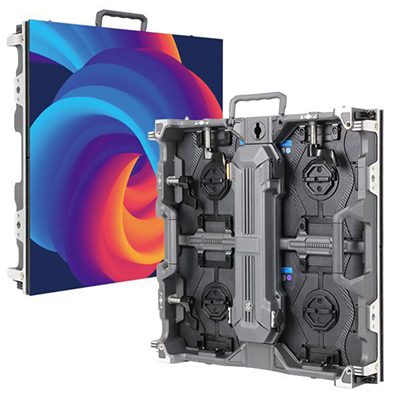
The challenge isn’t just technical – it’s logistical. Installing a display on the Burj Khalifa required specialized equipment and techniques that had never been used before. Workers had to develop new mounting systems that could withstand wind speeds of over 100 mph while maintaining perfect alignment across nearly 830 meters of height.
Weather protection is another primary consideration. These displays must function in extreme temperatures, heavy rain, high winds, and intense sunlight. The LED modules used in outdoor installations are typically rated to last 10-15 years under harsh conditions, but achieving this durability requires sophisticated weatherproofing and heat management systems.
6.The technology behind the massive LED screen
Modern LED displays use what’s called “pixel pitch” to determine image quality – this measures the distance between individual LED clusters. The smaller the pixel pitch, the sharper the image appears from close distances. However, for a massive LED screen designed to be viewed from far away, larger pixel pitches are ideal, offering excellent visibility while reducing both cost and power consumption.
Color accuracy is another crucial factor. These displays must maintain consistent colors across their entire surface, even when spanning hundreds of meters. A massive LED screen requires advanced calibration systems that continuously monitor and adjust each LED’s output to ensure seamless color uniformity at scale.
The content management systems for these screens are just as impressive as the hardware. Creating content for a spherical massive LED screen, such as the Sphere, requires entirely different techniques than those used for flat displays. Artists and technicians must think in three dimensions and carefully consider how viewers perceive content from multiple angles and distances.
7.What’s next for giant LED displays?
The race to develop larger and more impressive LED displays continues to intensify. Several projects currently under development promise to push boundaries even further. Advances in MicroLED technology are enabling the creation of displays with even higher resolutions and improved color accuracy, while flexible LED panels are opening up new possibilities for curved and irregular surfaces.
Artificial intelligence is also playing a larger role in content creation. AI systems can now generate content that adapts to weather conditions, time of day, and even crowd behavior. This means that future LED displays might show different content based on the number of people watching or the weather conditions.
One of the most exciting developments is the integration of interactive elements. Some newer installations can respond to viewers’ movements or allow people to control the display through smartphone apps. This transforms these massive LED screens from passive displays into interactive experiences that engage audiences in new ways.
8.Why the Massive LED Screen Matters Beyond Entertainment
While these massive LED displays are certainly impressive spectacles, they serve important purposes beyond entertainment. They’re becoming crucial infrastructure for modern cities, providing platforms for emergency communications, public information, and community engagement.
During emergencies, these displays can instantly broadcast important information to thousands of people simultaneously. They can show evacuation routes, weather warnings, or public health information in multiple languages. This capability has proven valuable during natural disasters and public health emergencies.
From an economic perspective, these installations drive tourism and local business. The Las Vegas Sphere alone has become a destination that attracts visitors specifically to see the display, generating revenue for hotels, restaurants, and other businesses in the area. Cities around the world are recognizing that impressive LED installations can become landmarks that define their skylines and attract international attention.
9.Conclusion
Massive LED screens are reshaping how we communicate, create, and connect—far beyond entertainment. If you’re considering one for your next project, we’re here to help.



